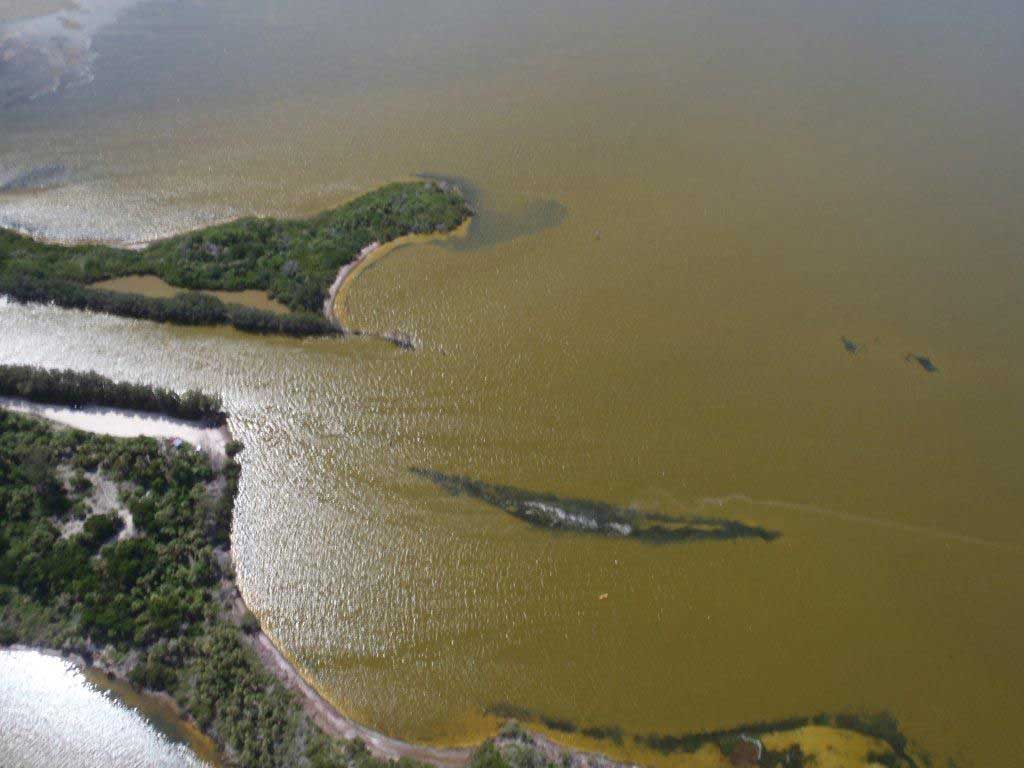
Bills aimed at creating seagrass mitigation banks are dead, but the problem of seagrass losses is not, leading to the emergence of a new plan.
Republican Rep. Toby Overdorf of Palm City said Thursday that he and other interested lawmakers, Department of Environmental Protection (DEP) officials, and environmental professionals are looking at a new special permit process to fast-track seagrass plantings.
The plan, which has DEP Secretary Shawn Hamilton on board, could greatly reduce the seven-to-nine month permitting process for seagrass planting in place now, Overdorf said.
Throughout Florida’s coastal waters, particularly in the Indian River Lagoon, Florida Bay, and Tampa Bay, seagrasses have been dying off at a crisis rate. That has led, in the past 18 months or so, to a record die-offs of manatees, which feed on seagrasses.
Overdorf, a marine environmental consultant by profession, said the new permitting plan should allow a number of private seagrass nurseries to get their plants into the ocean floor more quickly.
At this point, the initial goals will be more about research and data collection than a massive rescue effort.
“Right now we’re going to have to work with those private institutions. This is a lot about research, a lot about finding what works for these plantings,” Overdorf said. “What are the needs for the areas? And this will give us a lot more data points for that research. And it also gives a better comfort level that seagrass planting, or planting other things similar to it, actually works in Florida’s environment.”
The plan comes after this year’s versions of seagrass mitigation banks bills (HB 349 and SB 198) died amid strong environmentalists’ opposition and growing realizations that they wouldn’t be practical anyway because the permitting process is so cumbersome and success has been spotty.
Opposition argued that mitigation banking could wipe out even more seagrasses by giving coastal developers permission to destroy seagrass beds — with replacement plantings not assured to be as healthy or even survive.
For the foreseeable future, the seagrass mitigation banking concept is dead in Florida.
“And that’s OK,” said Merritt Island Republican Rep. Tyler Sirois, who sponsored HB 349 and a similar measure last year. “That’s essentially what this process is all about. It’s a very serious problem and it takes a well-thought out solution.”
In a video message with Overdorf, Doral Republican Sen. Ana Maria Rodriguez, sponsor of SB 198, hailed the new approach. She said the new permitting process should enhance and restore seagrass throughout Florida’s coastal waters.
Still, widespread solutions to the seagrass losses remain a longer term problem without clear solutions.
The plantings that should be expedited with the new permit process likely would be more on the research or isolated local scale. Finding ways to fund or incentivize large-scale seagrass restoration will have to be found once research makes clearer what can be done, Overdorf said.
“Folks were very uncomfortable with what we were proposing,” Overdorf said. “And so we’ve shifted gear. We’re focused more right now on the recovery, focused more on planting wherever we possibly can.
“And we want to make sure what we’re doing is a net positive, in that in no way would our efforts be tied to impacts. So all our efforts are tied to seagrass growth, seagrass planting, and research,” Overdorf said.




One comment
Heather Herold
March 7, 2022 at 9:40 am
This is great news! I wanted to address the point made that “(seagrass planting) success has been spotty”. For some this may be the case, but our Sea & Shoreline biologists have documented seagrass planting success rates as high as 95% in Florida water bodies. Crystal River is an example. Through muck removal and successful seagrass plantings, this river was transformed from an algae-dominated system to a plant-dominated system. The water is now crystal clear, lush seagrass beds cover more than 200 acres, over 700 spring vents have been opened, fish have returned, and hundreds of manatees are feasting on seagrass. It’s a model for the rest of the state. Similar projects are underway in the Homosassa River, Caloosahatchee River, the IRL, and more. It is possible to reset the ecosystem and restore our waterways.
Comments are closed.